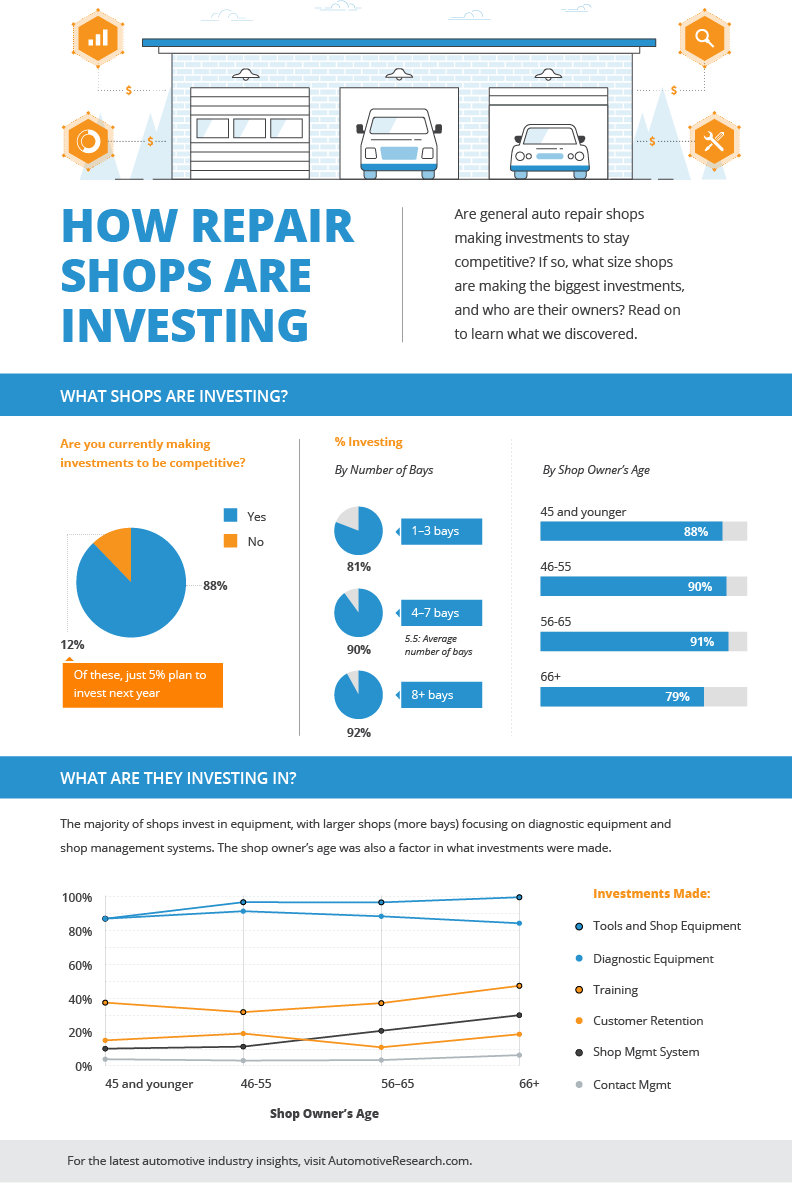Wondering Concerning The Definition Behind Those Control Panel Caution Lights? Gain Insights Into Their Effects For Your Lorry'S Safety And Security And Upkeep
Wondering Concerning The Definition Behind Those Control Panel Caution Lights? Gain Insights Into Their Effects For Your Lorry'S Safety And Security And Upkeep
Blog Article
Short Article Author-Vinson Dalgaard
When you're behind the wheel, those radiant warning lights on your dashboard can be a little bit difficult. Do you recognize what they're trying to tell you concerning your auto's wellness? Comprehending car paint protection auckland of these lights is essential for your safety and the longevity of your lorry. So, the next time among those lights appears, wouldn't you intend to decipher its message precisely and take the necessary steps to resolve it?
Common Caution Lighting and Interpretations
Determine common warning lights in your automobile and comprehend their definitions to guarantee safe driving.
One of the most typical warning lights include the check engine light, which indicates problems with the engine or emissions system. If this light begins, it's essential to have your vehicle checked immediately.
The oil pressure alerting light shows reduced oil stress, calling for prompt focus to stop engine damage.
A flashing battery light may suggest a defective charging system, potentially leaving you stranded if not attended to.
https://brake-pads-near-me51738.blogginaway.com/30847186/looking-for-clarity-on-the-warning-lights-showed-on-your-car-s-dashboard-learn-how-they-connect-to-your-car-s-health-and-wellness (TPMS) light notifies you to reduced tire pressure, influencing automobile stability and gas effectiveness. Disregarding this can cause risky driving problems.
The abdominal light indicates a problem with the anti-lock braking system, compromising your ability to stop promptly in emergency situations.
Lastly, the coolant temperature warning light warns of engine getting too hot, which can result in severe damage otherwise resolved promptly.
Understanding these common warning lights will certainly aid you address concerns quickly and preserve secure driving conditions.
Relevance of Prompt Focus
Recognizing the usual warning lights in your automobile is only the first step; the importance of immediately dealing with these cautions can't be emphasized sufficient to guarantee your security when driving.
When a warning light illuminates on your control panel, it's your auto's way of communicating a potential concern that needs attention. Ignoring these cautions can bring about extra extreme problems down the road, jeopardizing your security and possibly costing you a lot more in repairs.
Prompt interest to advising lights can prevent break downs and accidents. For instance, a blinking check engine light could suggest a misfire that, if left ignored, could trigger damage to the catalytic converter. Addressing this quickly can save you from a costly repair service.
In a similar way, a brake system advising light could indicate low brake liquid or worn brake pads, important components for your security when driving.
Do It Yourself Troubleshooting Tips
If you discover a warning light on your dashboard, there are a few DIY fixing suggestions you can attempt prior to looking for expert assistance.
The primary step is to consult your vehicle's guidebook to comprehend what the particular warning light indicates. Sometimes the concern can be as easy as a loosened gas cap triggering the check engine light. Tightening up the gas cap may fix the trouble.
An additional typical problem is a low battery, which can set off numerous warning lights. Examining the battery connections for deterioration and guaranteeing they're secure might repair the trouble.
If a caution light continues, you can try resetting it by disconnecting the auto's battery for a few mins and afterwards reconnecting it. Additionally, examining your car's fluid levels, such as oil, coolant, and brake fluid, can help repair warning lights associated with these systems.
Final thought
To conclude, comprehending your vehicle's caution lights is necessary for keeping your lorry running smoothly and securely. By immediately resolving these informs and knowing what they suggest, you can stay clear of costly repair work and potential failures.
Keep in mind to consult your automobile's manual for particular information on each cautioning light and act accordingly to guarantee a hassle-free driving experience.
Stay informed, stay risk-free when traveling!
